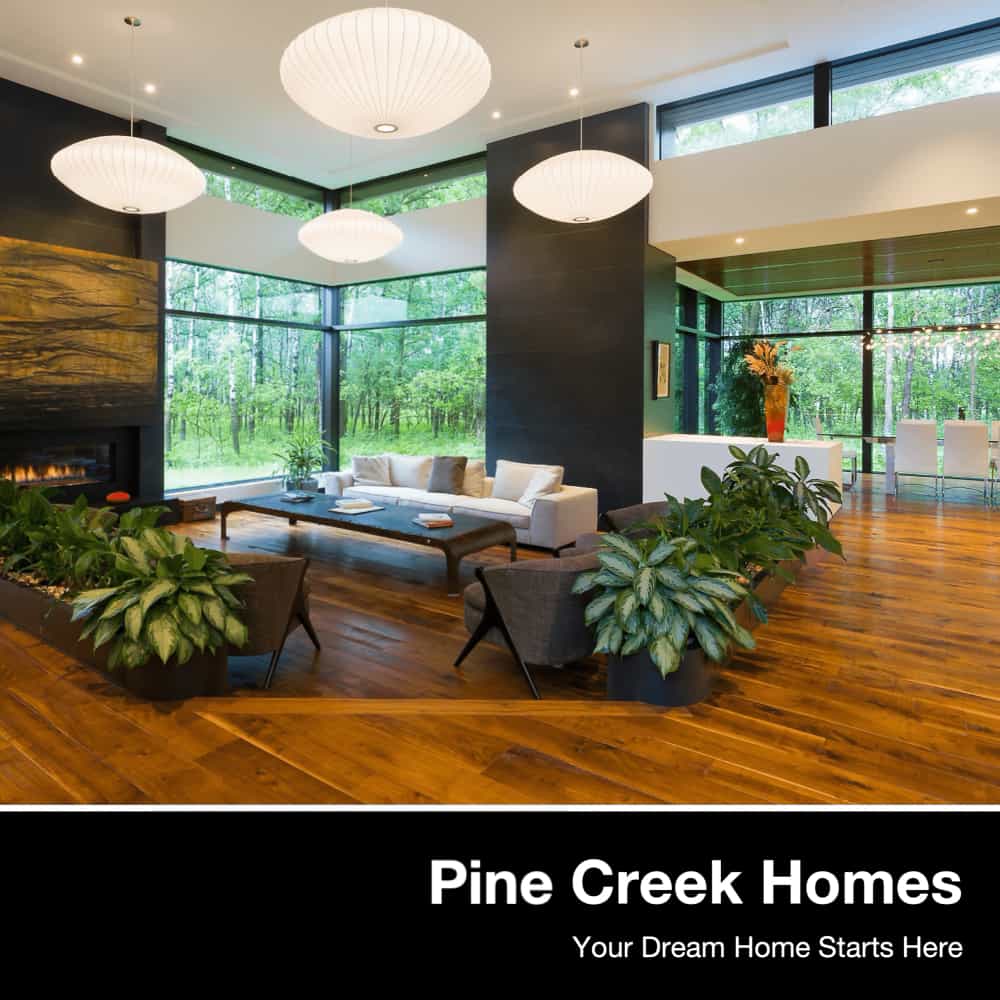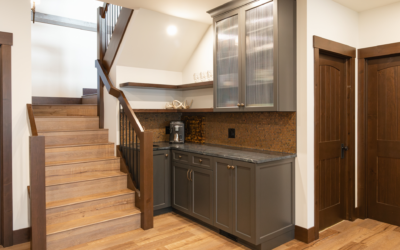One of the questions we often get in the office is, “Is building a cottage different than building a home?” In short, yes. But maybe not in the ways you might think.
The major difference between building a cottage and a home are site conditions in cottage country. We build a lot of cabins in the Lake of the Woods and Whiteshell area, which is predominantly Canadian Shield territory.
Most cottage country regions still require buildings that are constructed to code, so in many cases the actual building itself is quite similar. Everything from siding to flooring is still applied using the same construction techniques that would be used in a home.
The main differences come in three specific areas: foundations, plumbing and access.
Let’s start with the most important:
Foundations
Foundations are rarely simple when it comes to building in cottage country. Most of the time, you’re close to the water, and if you’re in the Whiteshell or Kenora area, you’re dealing with granite, making it more difficult and time consuming to dig the basement as well as form the concrete walls. Foundations are much easier to set up on a flat surface as opposed to uneven rock.
One of the biggest challenges is often not knowing what’s beneath the surface. Test holes can be helpful, but in the Canadian Shield, the rock can drop off 30 feet within only a few steps. This leads to situations where the foundation drawing, that was stamped by the engineer, may not be accurate with the actual ground conditions.
A common misconception is that it’s the engineer’s responsibility to solve these types of problems. While they do play a crucial role, they can only be helpful if the person on the ground at the time of the dig is experienced enough to recognize a problem in the first place.
On our most recent build in Clearwater Bay we ran into this exact problem. We had to completely switch the foundation type after the basement was dug (we had originally planned on a foundation right on bedrock, but when we discovered that bedrock was actually 25 feet below the surface, we had to modify the plan to ensure the best build). While this caused a minor delay, this cottage will now be solid for generations to come.
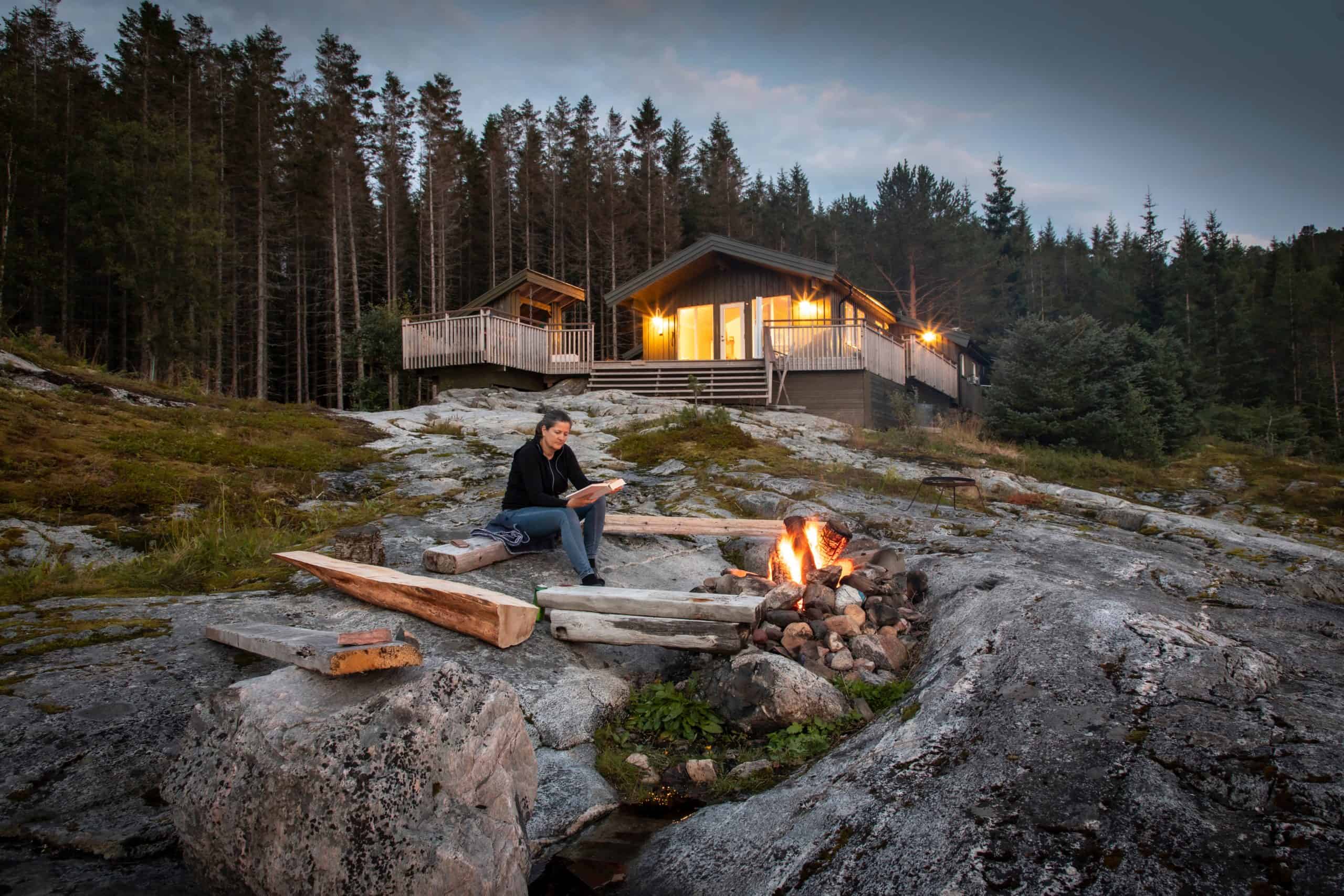
Plumbing
Both sides of the plumbing equation can be quite different between a cottage and a house. Water coming in, and sewer going out.
It’s extremely rare to have a “normal” water supply in cottage country. Depending on the location and water is usually acquired in one of three ways:
Lake water:
Lake water is often the simplest and most reliable. While it does need to be insulated and heated in the winter to avoid freezing, and often needs a specialized filtration system, it’s still often the easiest, cheapest and most reliable source to supply your cottage with fresh water.
Drill a well
While drilling a well is also quite common on the outskirts of the city, the main difference is that often wells in cottage country are drilled into solid granite. Not only is this quite expensive, it’s also extremely risky. We’ve seen 400 foot deep wells drilled in granite that couldn’t fill a glass with water.
Fresh water cistern
In certain areas such as Lac du Bonnet, it’s extremely common to have a cistern for fresh water. There are local companies you can hire to come fill up your water tank on an as needed basis. This is definitely a reliable way to make sure you always have clean water.
Waste Water
As with the water in cottage country, it’s very rare to have a “normal” sewer hook up. Cottages are almost always on either:
Septic tank
This is most common. As long as the pipes going to the tank and the tank itself are protected from frost, septic tanks work very well. We highly recommend a high water alarm be installed in the tank, so you don’t forget to have it emptied when it gets close to full.
Septic field
This is a possibility in some areas where lots are big enough and the region allows for it. However, fields are generally quite a bit more costly than in the city, as the regulations are more strict due to the proximity to water, and the threat of septic fields polluting the lakes.
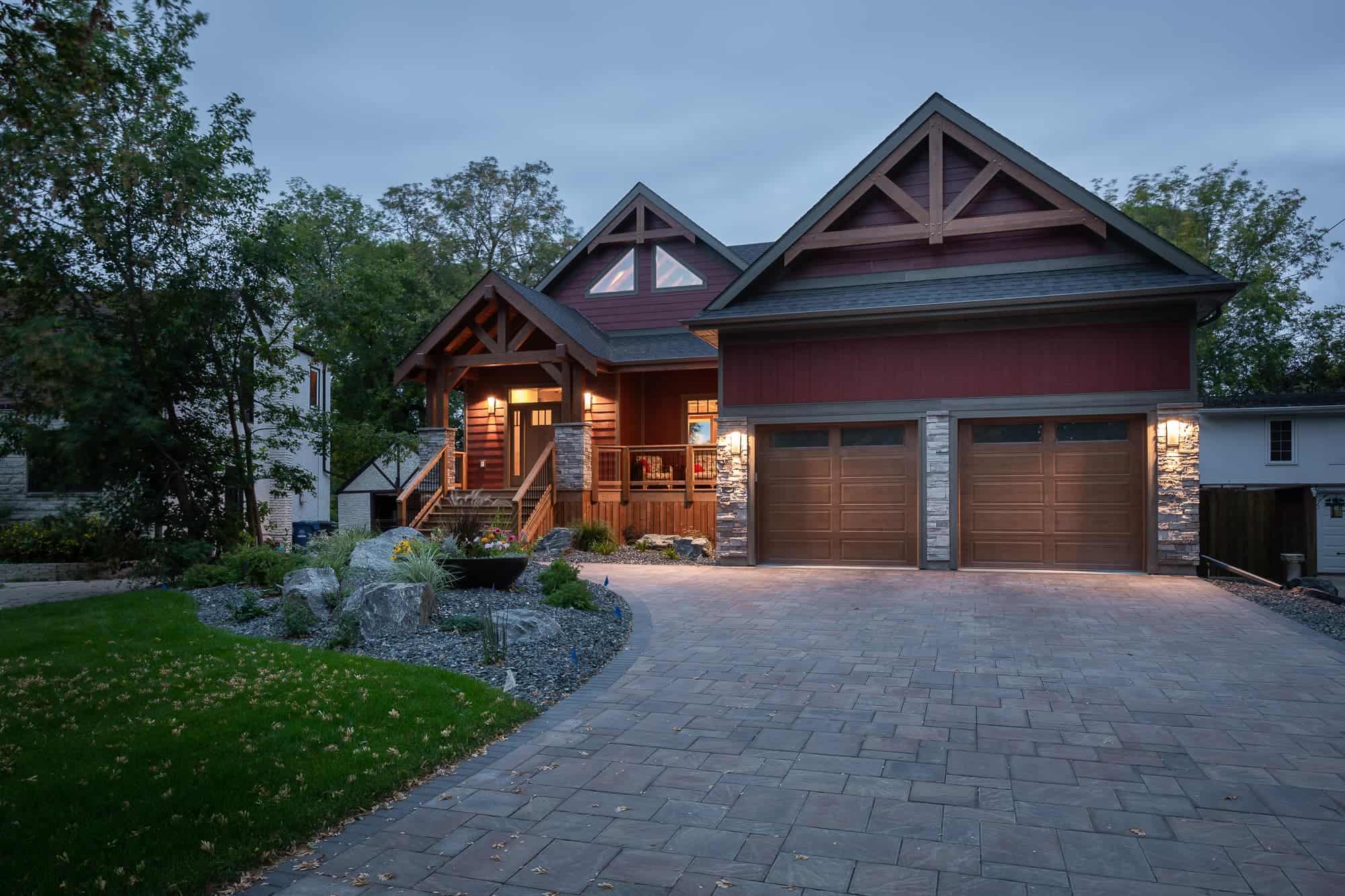
Access
While this may not be a part of the actual building itself, it’s definitely something to consider. Access can cause a host of unforseen problems. Even if you’re not in an extremely remote location, simply traveling along most cottage roads can present challenges. (If you’re cottage is in an extremely remote location, you may want to check out my post “What is the added cost of building in water access only locations?”).
Concrete trucks, cranes, and delivering roof trusses are a lot different than driving your SUV down the road. It’s important to be able to plan for these considerations to avoid delays and added costs.
Maintaining good, safe access, especially in the winter time, is extremely important when trying to stay on schedule and on budget.
Builder Expertise in Cottage Country
And lastly, the most important thing in cottage country is to use a builder who has experience in cottage country. A family cottage is often part of a legacy that gets handed down through generations, and you don’t want someone learning how to build in cottage country at the expense of your legacy.
At Pine Creek Homes we specialize in building custom cottages in cottage country. We have been building in cottage country for over 30 years, and there is nothing we haven’t seen when it comes to building cottages in these areas.
If you're ready to take the next step toward building your dream home or cottage, click the link below to set up a time to speak with us.
And, if you haven’t yet signed up for our email series, make sure to do so below. These emails will take you through a step-by-step guide of the building process, so you can be fully informed and prepared for your upcoming build.
